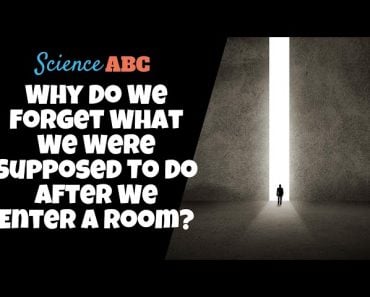Table of Contents (click to expand)
The Gestalt therapy is notably unique in comparison to other therapeutic approaches, as it targets the “here and now” and the “what and how”, rather than trying to reflect on past events and find explanations for them.
The word “therapy” is a rather charged term, and has many different connotations around the world. Some people view therapy as an essential tool for surviving the hazards of life, while others see it as invasive and unhelpful, pouring out your problems onto a stranger without properly facing or managing the underlying issues.

Regardless of what your personal take on therapy happens to be, most people would agree that the therapeutic process relates to self-exploration, self-revelation and healing, typically guided along by a trained therapist of one sort or another. There are many different philosophies that have guided the field of psychotherapy in the past century or so, one of which is gestalt therapy, a particularly unique and somewhat short-lived style with some remnants that can still be found in psychotherapeutic practices to this day!
Recommended Video for you:
What Is Gestalt Therapy?
One major critique that people have with psychotherapy is the undercurrent that they need to “change”, and that psychotherapy will somehow help them alter their mental state or habits and improve their life. This alteration can happen through an analysis of past events, a dissection of behavior into underlying motivations, and the application of logic as a means of moving past personal issues, repressed or otherwise.
However, gestalt therapy is notably unique in comparison to other therapeutic approaches, as it targets the “here and now” and the “what and how”, rather than trying to reflect on past events and find explanations for them. Gestalt therapy is not concerned with how events made you feel in the past, nor what you intend to do in the future, but rather how you are feeling and dealing with ideas and issues in the present moment.

Fundamentally, this approach is based on the idea that humans are constantly susceptible to their environment, and the ever-changing context of their lives. This includes the very moment of therapy, and the conversation being had with the therapist; it is impossible to objectively separate yourself in a given moment from your emotions, or from the influence of the other person in the room with you (the therapist).
With that in mind, the interaction between patient and therapist is geared towards achieving self-awareness in the here and now, rather than trying to position yourself in the past; essentially, why would you want to understand who you “used to be” if you’re no longer that person? As opposed to more traditional therapeutic approaches, gestalt therapy does not attempt to change a person, but rather help them be aware of who and what they are, with that knowledge helping them along the path towards growth. The belief is that everyone is on the road towards self-improvement, but being completely honest and present in your life is needed to continue on that path.
By shifting the focus of therapy onto self-awareness, rather than reflection or manifestation (visualizing some changed “self” in the future), it allows patients to better understand the immediate link between the physical body and the mental/emotional state. Centering the gestalt therapy sessions on what is immediately happening in the room, including small postural changes, shifts in tone, volume, openness and other symptoms of discomfort or anxiety, allows therapists to better identify ways to move forward.
How Does Gestalt Therapy Work?
Now that you understand some of the philosophy behind this type of therapy, it’s easier to understand how the therapy can be conducted. The creative license that can be applied to gestalt therapy is more liberating than more traditional forms of therapy, so there is no hard and fast rule as to how such therapy should be directed.

Role-playing is a common practice in this type of therapy, as it is a more active means of bringing the past into the present. Role-playing certain scenes or past experiences of a patient, and then discussing how that behavior/memory affects their emotions in the present, can provide great insight into what progress has been made, and where someone’s emotional state currently stands.
Two of the other classic techniques of gestalt therapy are the empty chair technique and the exaggeration technique. Let us look into the details of these two techniques.
Empty Chair Technique
In the empty chair technique, a patient is sat across from an empty chair and directed to hold a conversation or air a grievance with someone else, whether that is their boss, partner, friend, colleague etc. By stimulating a real-time conversation, it is easier to observe the emotions, thoughts and behaviors of a person struggling with an inner conflict. In some cases, the patient will even assume the other role, of the person whom they wish to speak with. This leads to a more holistic view of a situation, helping patients see the whole story from multiple angles, and recognize their role (or even fault) in it.

Exaggeration Technique
The exaggeration technique focuses on observations made by either the patient or therapist when a subject is being discussed. If a physical trait—such as bouncing one’s leg, touching one’s face, or avoiding eye contact—is noticed, the therapist will encourage the patient to exaggerate that behavior, increasing its place in the patient’s self-awareness. This practice will help patients identify emotions attached to some of those behaviors, either physical or verbal, so they can better know themselves in the future, and have a better grasp of their mental state in the present.

These are just some of the most basic exercises or techniques in gestalt therapy, but their underlying goals reflect the larger intentions of this overall therapy approach. It works to boost self-awareness by engaging and affecting the patient, rather than pitching the therapy office as a detached and completely impartial space. Practitioners of gestalt therapy don’t believe that human nature doesn’t allow for such an untouched or safe space, and argue that the facade of a non-biased therapist must be torn away for honesty and self-awareness to be achieved.













